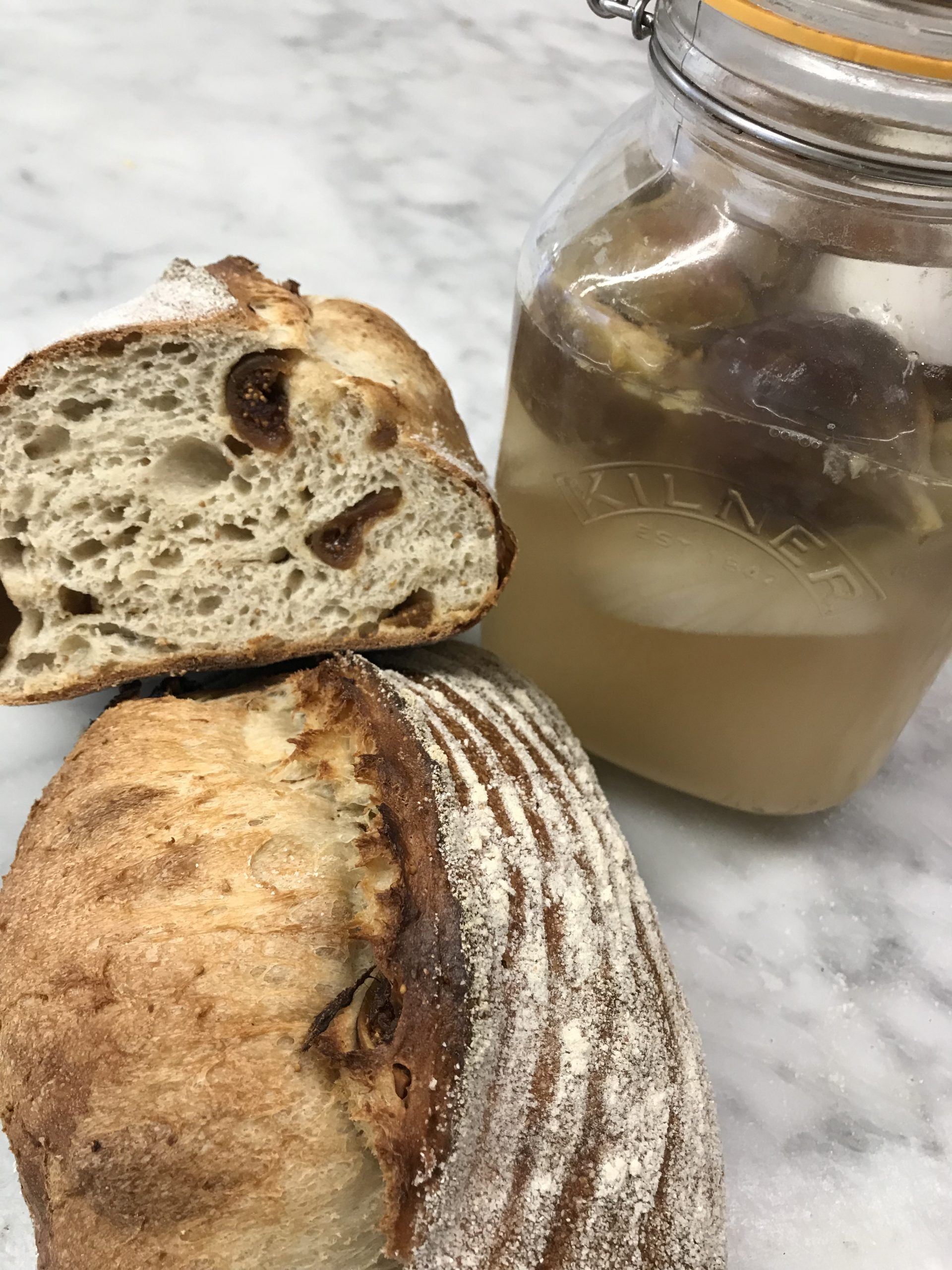A Botanical Baker
When I first mixed flour, salt, yeast and water together 35 years ago, I’d probably have thought that by today I would know everything there is to know about bread…. wrong! Well actually, I do know a fair bit now about the craft and science of bread making. I’ve won awards for my breads and teach the subject too. But I’m never satisfied, and my passion drives me to explore deeper. So I’m now on a quest to discover how utilising botany within my baking can produce a new generation of natural real breads. You’re probably now wondering if all those early starts are beginning to take their toll on me. Well before I explain what I’m alluding to, let me firstly set the scene.
 Combining flour, salt and water together will produce bread, but it will be dense and inedible. The addition of yeast transforms this dense doughy mass into a light, airy, flavoursome source of food. The majority of breads made today utilise a specific strain of yeast known as Saccharomyces Cerevisiae. A mass produced ingredient available in many forms, dried is most commonly used by home bakers. Small quantities are added to the dough allowing consistently light and airy breads to be made.
Combining flour, salt and water together will produce bread, but it will be dense and inedible. The addition of yeast transforms this dense doughy mass into a light, airy, flavoursome source of food. The majority of breads made today utilise a specific strain of yeast known as Saccharomyces Cerevisiae. A mass produced ingredient available in many forms, dried is most commonly used by home bakers. Small quantities are added to the dough allowing consistently light and airy breads to be made.
Before baker’s yeast was identified and mass produced, bread was leavened using a form of sourdough. Thousands of years ago, people would mix flour and water together and bake it for food. Probably without realising why, if this mixture was not baked immediately the final product would then become lighter in texture and more flavoursome. This improvement occurs in a microscopic way, in the form of wild yeasts and bacteria within the dough which, when given a little time, offers these microbes favourable conditions to start fermenting and generating flavours. Our ever increasing understanding has allowed us the capability to harness and control these actions, which we now benefit from through the production of the wonderful sourdough breads, currently enjoying a renaissance.
Our sourdough cultures today are a blend of flour and water, which after a few days start to ferment, generating flavours and aromas. When maintained, by feeding with more flour and water, a culture can last for more than our own lifetimes. I have two. A wheat flour culture which is 12 years old and rye flour one which is 10 years old. So, pause for thought, if flours ferment and can be utilised to make light and airy flavoursome bread, what else could possibly be used?
Okay, let me now bring back the botany I mentioned earlier. Fruit, flowers, plants and vegetables. If it’s safe to eat, why not ferment it! – think sauerkraut. Not only will it raise the dough to produce light and airy breads, but we can also create many wonderful flavours. For example, I could ferment a fig and then use the microbe-laden water to raise and flavour a loaf. But I could then go a step further and add fresh fennel to make a fig and fennel loaf. Combinations could be endless, what’s in season, what’s in my garden?
Over the past year I’ve been researching and experimenting with botanical ingredients and have now developed a system to produce larger quantities of these breads in a bakery environment so everyone can enjoy them too. I call these Botanical Breads. These breads are now available at Cinnamon Square in Rickmansworth.
Best wishes
Paul Barker

